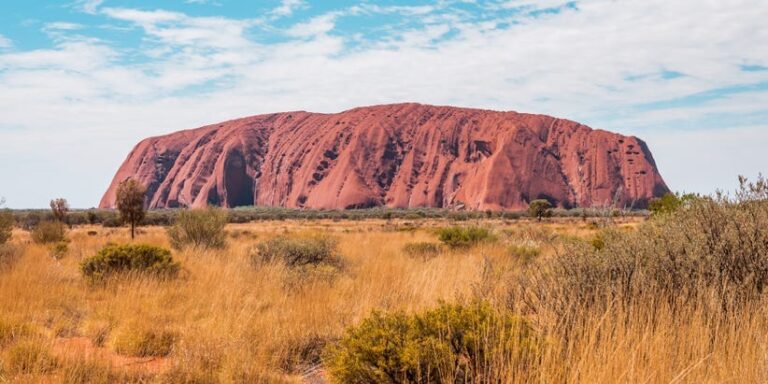Downward angle icon Downward angle icon. As someone who grew up in Australia and works in the tourism industry, I’ve seen a lot of tourists make the same mistake. Tom Jastram/Shutterstock
I’m Australian, born and bred, and have been fortunate to work in the travel and tourism industry, promoting Australia to international visitors. Over the years I’ve attended international conferences, given presentations at universities and delivered seminars about Australia.
Tourism is a key part of Australia’s economy, expected to generate $265.5 billion in revenue this year, and it’s a great way to introduce travellers to all Australia has to offer.
But sadly, during my time working in the industry, I have seen visitors believe the same misconceptions about Australia and make the same mistakes over and over again.
Here are five of the most common mistakes made by tourists visiting the country for the first time.
Underestimating Australia’s size
Australia is the sixth largest country in the world and the only one that occupies an entire continent. Nevertheless, many travellers aim to cover the whole of Australia on a short holiday.
When tourists try to do too much on one trip, they end up spending more time in airports than enjoying the sights.
Focus on Sydney and ignore the rest of Australia
We encourage you to explore more of Sydney than just the city. africanpix/Getty Images
When most people think of Australia, Sydney is the first place that comes to mind, but I think Sydney lacks the depth and culture of other Australian cities.
For example, if you travel to Sydney, you will encounter many tourists. To experience the real Australia, we recommend visiting other cities such as Melbourne. After all, there is a reason why Melbourne was named one of the most liveable cities in the world.
I may be biased, but I believe my hometown of Melbourne has a lot to offer tourists and always surprises every visitor I speak to. Here, tourists can expect a ton of festivals and events throughout the year, a vibrant cafe culture, a renowned arts scene, and friendly people.
Before you leave Australia, take a trip to the Outback. Despite making up 81% of the country, this vast, uninhabited region is rarely visited. The region is teeming with diverse wildlife and natural wonders, including a stunning pink lake, and the crystal clear skies make it ideal for stargazing at night.
A visit to Uluru is also a must, as it gives a fascinating insight into our history and indigenous culture.
I think Australia is always hot.
Another thing that most tourists don’t realize is that Australia isn’t always hot: the southern half of Australia experiences cold winters and snow in the mountainous regions.
Many tourists arrive unprepared and in the middle of winter, forcing them to buy warm clothes since what is summer in the Northern Hemisphere is winter in the Southern Hemisphere.
The good news is that if you live in the Northern Hemisphere, you can take advantage of end-of-season winter sales in your home country before traveling to Australia.
However, when the weather is warm it’s important to wear sunscreen, as the sun in Australia is stronger than anywhere I’ve been and it can easily cause sunburn.
Even my Texan wife puts lotion all over her body – she’s used to the sun and extreme heat.
Can’t taste local cuisine
I always encourage tourists to try local foods like Vegemite toast. bhofack2/Getty Images
Australia has a huge variety of fantastic food and tourists would be missing out if they didn’t sample the local cuisine.
For a truly Australian experience, try a meat pie at a sporting event, a “parma” (chicken parmesan) in a pub and, of course, Vegemite on toast.
Becoming overly paranoid about deadly animals
When I worked in the tourism industry, many would-be tourists asked me how I survived Australia’s dangerous animals. It’s true that Australia is known for having dangerous snakes, sharks and spiders, but I’ve never seen any outside of a zoo.
In fact, many animals are scared of humans and stay away from big cities and places where humans are present.
Of course, tourists should always exercise caution around wildlife, but the chances of encountering a deadly animal are extremely low.

